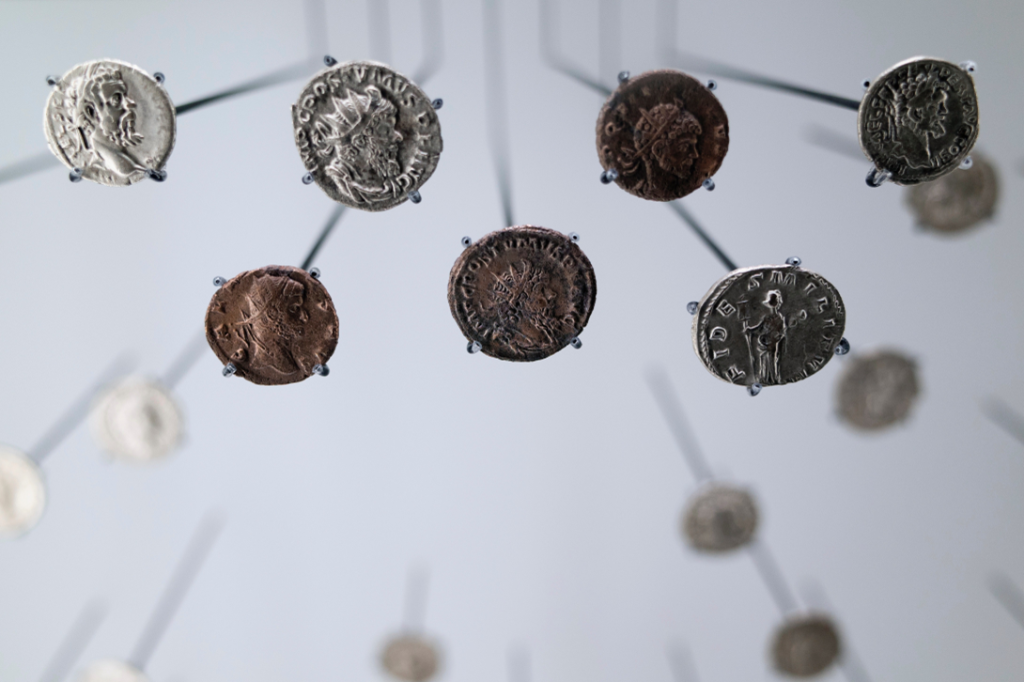
For anyone searching for a source of passive income, should be taking a look at share investment. Shares are the original source of passive income and are a wonderful way to build yourself a second income stream. So here’s Investor Tuition’s take on a passive income stream available through share investment.
I was recently listening to a podcast with singer/songwriter Carol Bayer-Sager whose songwriting output I was to discover, rivaled even Paul McCartney’s prodigious output.
Now during this interview, she happened to recall the moment of realization that resulted in her turning her back on the safety of the teaching profession and heading down the path of a songwriting career.
I really expected her story of metamorphosis, to be recounted with at least some dramatic reference to possessing the “tortured soul of an artist, struggling within the shackles of the establishment”. Or at the very least, an acknowledgment of “finally freeing the creative forces so cruelly trapped within’.
Alas, there was none of that for Carol. Hers was purely a mercenary revelation it would seem. Apparently, she unexpectedly received a royalty cheque in the mail for $34,000, the result of writing a ‘B’ side for a Monkees single. She immediately compared this to her then teachers’ salary of $5,500 pa and her mind was made up quicker than you can say “You’re moving out today”
And the relevance you say? Well I heard the podcast in February and around this part of the world, February is designated for the majority of public companies to report their half-yearly earnings. And that my friends immediately translates into dividends. That’s right folks, dividends. A time when we investors, are issued with our very own “royalties” just like Carol!
So I thought some explanation into some of the mystique that surrounds dividend payments as a passive income stream wouldn’t go astray. So let’s go then.
So what is a dividend?
When you buy shares in a company it actually makes you, a part owner, of that company. And like all owners of businesses, you’re entitled to a share of the profits.
These profits are distributed at least twice per year, and in some cases can even be quarterly. This income your receiving is referred to as a dividend payment. With the amount you receive dependent on the actual number of shares you own.
So companies always declare their dividends based on a payment for a single share. That is, when the profit is announced, the accompanying dividend announcement will be a ‘per share’ payment. Just multiply your shareholding by the ‘per share’ amount to calculate what cash you’ll receive.
Probably the most commonly used method used to differentiate a share is deciding if it is either a ‘growth’ or an’ income’ provider. Quite simply, companies with a strong history of consistent dividend payment are referred to as income shares. These shares have lower volatility, usually having a beta number under one. In fact, a low volatility portfolio can be built very easily by just assembling a cross-section of ‘income’ style shares.
Oh, and by the way, growth and income are not mutually exclusive. Any share will grow, and pay a dividend. The distinction is merely a guide based on history.

Dividends will become your Passive Income
Investing in shares provides two distinct elements which contribute to growing your wealth. The first is the increasing value of the share or capital growth. All long-term investors want their investments to grow consistently over time. If it doesn’t, thought should be given to tossing it out in favor of something that does.
And the second element is the regular passive income in the form of dividend payments. This in- come stream can be of enormous value. For retirees, it helps fund their lifestyle. In fact, for the new breed of F.I.R.E. practioners and aspirants, share income is the mainstay of their existence. And those wanting to grow their assets, dividends can be reinvested back either into the same, or an- other companies’ shares. Thus leveraging the compounding effect on savings so often talked about.
The income stream can also be used to fund borrowings to purchase other shares, accelerating asset accumulation. In fact over recent years, because of low-interest rates, it has been the perfect opportunity to use the dividends from a portfolio of shares, to fully fund the repayments of the loan used to purchase those shares.
This is just about the perfect investment strategy, as it requires no ongoing cash input from you. But it has only been possible as a result of the prevailing investment environment.
But it’s also important to remember that dividend payments are not compulsory. So at any time, and for whatever reason, companies can decide to suspend dividends. Often they do this as a result of bad trading conditions impacting their profits.
If a company does suspend or reduce their dividend, for the short term, it needn’t be a concern. Prudent money management is a good strategy and certainly indicates a cautious approach by management for the near future.
You should, however, move any share that does suspend their dividends, no matter how prudent, straight onto a ‘keep a close eye on” list. Stopped dividends can also indicate the final efforts of a company’s management to try and resuscitate a ‘dead’ business model.
The Dividend ‘measures’ to watch out for
Dividends play an important role in any quantitative analysis you might conduct on a company’s shares. There is an array of ratio’s that provide the investor with valuable information. I have dis- cussed two below, but make sure to get familiar with the others over time.
The first is the dividend payout ratio. This ratio, expressed simply as a percentage, shows how much of a companies profits are paid to shareholders, and how much is retained as working capital. As a shareholder, we obviously like to see 100% of profits distributed.
However, that may not be such a good strategy, as retained profits, put to work within the company could be far more profitable to a shareholder over the long term. There is no set rule, but it is prudent to see a 70/30 split between shareholder and company. Check industry averages to get some idea of what might be the ‘norm’.
The second is the dividend yield which is expressed as a percentage. This figure calculates the dividend payment as a percentage of the current share price. Therefore the yield on a company’s shares might be currently around 6% pa. A sudden fall in the share price though will suddenly make
that figure much higher. (practice the maths). Alternatively, a major price increase will render the dividend yield smaller.
A high percentage dividend yield could actually indicate bad future prospects for a company. Share price falls suggest the market has lost confidence in the future prospects of a company and ‘sold’ it down. As the dividend lags this price action, the yield will appear to increase dramatically. So finding a company with a very high dividend yield may not end up to be the ‘pot of gold’ you hoped for!

The dividend payment rules!
Now dividend payments actually follow a set process prior to getting into the hands of shareholders. And this process will be unique to whatever country you are reading this in. So the following ‘dates’ are for the Australian system, although there’s probably not a great deal of variation. But it is best to check for yourself in your local markets.
The Declaration Date: The date when a company announces that they will be paying a dividend. The announcement will include the per share amount of the dividend
The Ex-Dividend Date: This is a very important date. When you buy shares on or after this date, you will not be entitled to any dividends. Only shares purchased before this date will receive the dividend.
The Record Date: This is the date a company checks their records to see who is eligible to receive the dividend. To receive a dividend you MUST be on the record. i.e. do not sell your shares before this date!
The Payment Date: The date when dividends are actually paid into the bank accounts of shareholders
It is important to remember that all these events are announced well in advance so make sure you take notice. Remember, any dividend strategies you want to use must be built around these dates. In Australia there are also rules about selling shares immediately after acquiring the dividend, so check carefully before you act.
So there you have it, dividends can be a wonderful ‘tool’ to build your passive income and wealth. There are numerous dividend strategies out there to exploit and benefit from, so make sure you do some further research. But if it all seems too hard buying individuals shares, there’s plenty of other ways these days to build up share income without having to become the new Warren Buffett.
Listed Investment Companies (LIC’s) and index funds have stepped into the fray to assist those who are wanting a passive income but with a more hands off approach. There’s even plenty of apps available that drip feed savings into share markets – eg Raiz.
So there’s no absolutely no excuses these days to stop anyone build themselves a nice, steady passive income stream. But like anything in life, always have a plan and investing is absolutely no different. Here’s a post to get you started.
Thanks for reading and see you next time. Homepage

